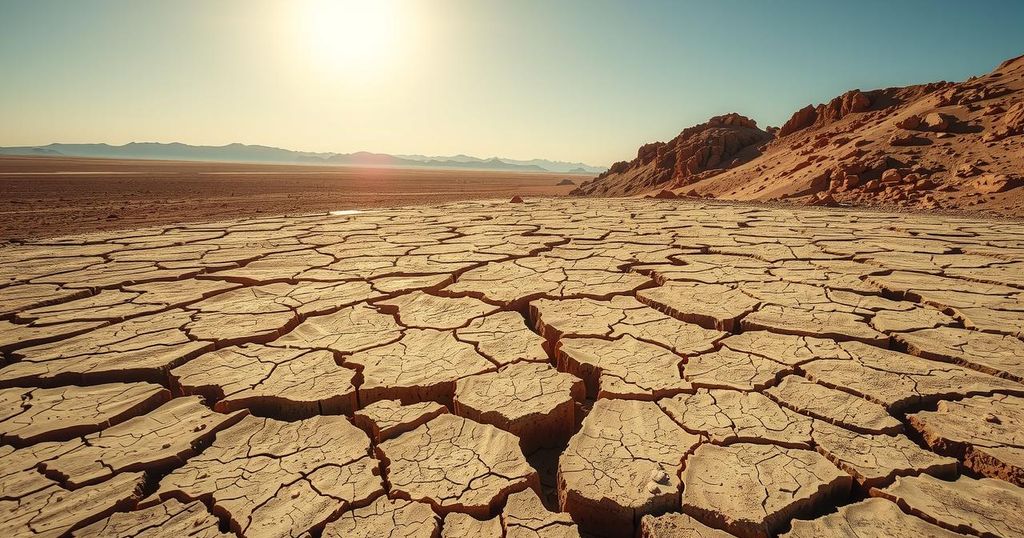Examining South Africa’s Water Crisis: Key Facts and Insights
The article outlines critical facts regarding South Africa’s water crisis, illustrating the widespread inefficiencies resulting in 50% non-revenue water, significant access issues, and alarming health implications linked to poor sanitation. Furthermore, it presents statistics regarding water consumption trends and the state of Water Services Authorities, emphasizing the need for immediate reforms.
Water is an essential resource, often described as “life” by the South African Department of Water and Sanitation. As World Water Day approaches, it becomes increasingly vital to comprehend both global and local water challenges. This article will present significant facts highlighting South Africa’s ongoing water crisis, to foster a deeper appreciation for this invaluable resource.
In South Africa, a staggering 50% of potable water qualifies as Non-Revenue Water, indicating that it is lost from the distribution system due to inefficiencies and leaks. This unrecovered water poses a significant hurdle to ensuring adequate supply for all citizens. Currently, more than 3 million South Africans lack access to a basic water supply, necessitating urgent action.
Particularly troubling is the situation in informal settlements. Approximately 52% of residents in these areas surrounding Johannesburg rely on self-dug pit latrines, reflecting severe sanitation issues tied to inadequate water access. Furthermore, the United Nations Development Programme reports that globally, illness stemming from poor water access causes a loss of approximately 443 million school days every year.
The South African Human Rights Commission highlights a grim statistic: every hour, 115 individuals in Africa succumb to diseases linked to poor sanitation, hygiene, and contaminated water. In addition, South Africa experiences 40% less rainfall than the global average, exacerbating the water scarcity problem across the nation.
Despite being recognized as a water-scarce country, South Africa’s average water consumption stands at 237 liters per person per day, surpassing the global average of 173 liters. The agricultural sector consumes 61% of the nation’s water, while households and industries account for 27% and 7% respectively, as per the Council for Scientific and Industrial Research (CSIR).
According to the most recent Blue Drop Report, of South Africa’s 144 Water Services Authorities, 24 have made no effort toward compliance with the Blue Drop standard, and 40 are in critical condition. The Water Services Act sets a minimum standard of 25 liters of water per person per day, though during Cape Town’s ‘Day Zero’ restrictions, the average usage was significantly higher at 50 liters per person per day.
The water crisis in South Africa presents a substantial challenge, characterized by significant losses and inadequate access among millions of citizens. With urgent improvements required to address inefficiencies and enhance sanitation, it becomes essential for stakeholders to engage in sustainable practices. Understanding the harsh realities of water availability can drive collective efforts to secure this crucial resource for current and future generations.
Original Source: infrastructurenews.co.za




Post Comment